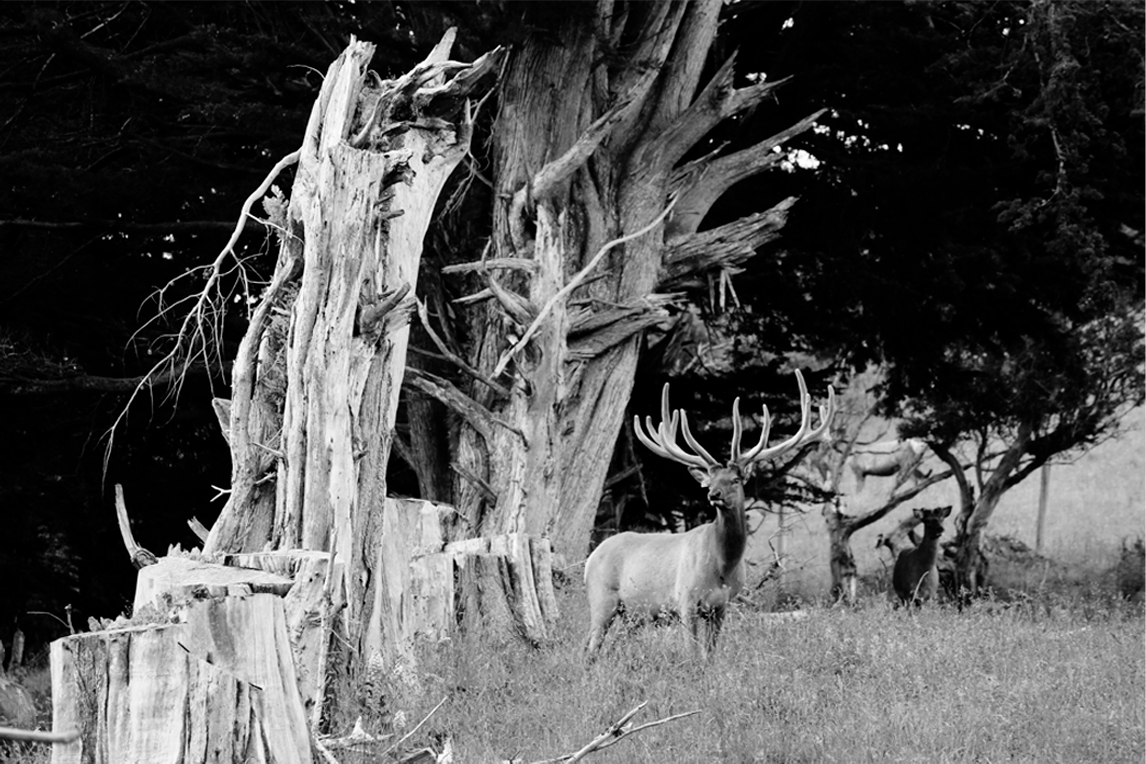Bodyweight has a huge impact on pregnancy rates for R2 hinds. R2 hinds have to reach target liveweights to enter puberty and start cycling. Well-grown R2 hinds are able to raise a fawn, but low reproduction rates in poorly grown R2 hinds are a big lost opportunity for deer farmers.
Replacement growth curves
For example, if MA hinds are 120kgs at mature weight, R2 hinds of the same genetics need to hit 80kg to have a 50% chance of conceiving – this is called the ‘puberty thresh-hold’, and generally tends to be about 70% of mature body weight in most animals. However, in practice we want to achieve significantly better than 50% pregnant. In the case of a 120kg MA hind genotype, an individual R2 hind needs to be 100 kg to have a 95% chance of conceiving.
In reality we deal with mobs of R2 hinds, where some individuals are above the mob average (and have a slightly higher chance of conceiving) and some are below mob average (and have a significantly lower chance of conceiving). When we look across the whole mob, we can work out what the mob average needs to be to achieve an overall 95% conception rate. In the example of a 120kg MA hind genotype, the R2 mob needs to average 106 kg to meet this target.
The P2P programme has produced a guide to assist farmers to monitor R2 hind weights and calculate probable pregnancy rates based on R2 hind mob average liveweights at time of stag joining. Farmers can use this to manage feed requirements for young hinds to achieve the target liveweight. This spreadsheet provided by AgResearch uses real data, relating liveweight to pregnancy based on over 20,000 R2 hind records, and translates this to set targets based on mob average liveweight. It also allows mob average weights to be plotted on the predicted growth path needed to achieve pre-set pregnancy rates so that you can check to see that you are on track to achieve your target.
To download a Replacement Hind Growth Curve Poster, click here>>
To go to the Replacement Hind Pregnancy Rate Calculator, click here>>

